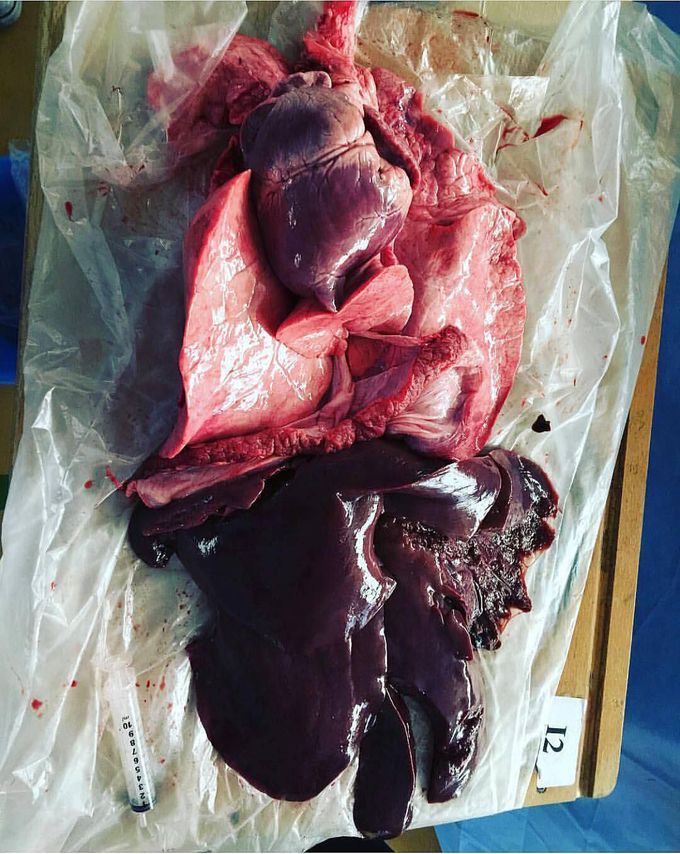


Autopsy is very amazing!!
Many people believe that autopsies should only be performed when there is uncertainty as to the cause of death. Although this is certainly a valid reason for an autopsy, it is not the only reason. The purpose of an autopsy is to thoroughly evaluate the presence and extent of human disease in patients and to evaluate the effectiveness of therapeutic procedures for the benefit of patient families, the medical staff, and the future practice of medicine. The personnel involved in the autopsy are able to see the physical manifestations of human disease during the post-mortem examination. The main incision in for the torso is a Y-shaped incision is made. Each upper limb of the “Y” extends from either the armpit or the outer shoulder and is carried beneath the breast to the bottom of the sternum, or breastbone, in the midline. From this point of juncture at the bottom of the sternum the incision is continued down to the lower abdomen where the groins meet in the genital area. There are different schools as to procedure beyond this point. In one method, each organ is removed separately for incision and study. In the so-called en masse methods the chest organs are all removed in a single group and all of the abdominal organs in another for examination. The great vessels to the neck, head, and arms are ligated—tied off—and the organs removed as a unit for dissection. The neck organs are explored in situ only or removed from below. Dissection then proceeds usually from the back, except where findings dictate a variation in the procedure. Usually groups of organs are removed together so that disturbances in their functional relationships may be determined.
Hemodynamic stimuli&nonhemodynamic stimuliEffects of sugar on teeth

